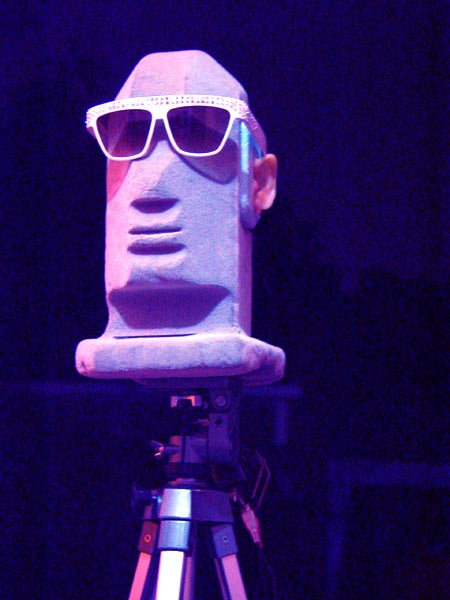
Introduction
Binaural recording uses a dummy head -
or perhaps a real person's head - with a microphone in each ear
canal. This means that the recorded signal is processed by the
shape of the head and outer ears (pinna) in much the same way as would
be heard by a person in that position.
Sound travels at 331 metres (1130 feet) per second. The brain uses three major facets of the signal from the ears to determine the likely direction from which the sound is being heard:
Trying to create such responses in software is very difficult! But its relatively easy to make a dummy head, with some ears, and pop some small microphones in the ear canal.
The result is a recording which sounds really good, open and spacious on loudspeakers, but which as very strong spatial cues when listened to on headphones.
Sound travels at 331 metres (1130 feet) per second. The brain uses three major facets of the signal from the ears to determine the likely direction from which the sound is being heard:
- Loudness differences between one ear and the other.
- Time delay differences.
- Frequency response differences between the ears and differences
from what the brain thinks is the natural frequency spectrum of the
sound.
Trying to create such responses in software is very difficult! But its relatively easy to make a dummy head, with some ears, and pop some small microphones in the ear canal.
The result is a recording which sounds really good, open and spacious on loudspeakers, but which as very strong spatial cues when listened to on headphones.